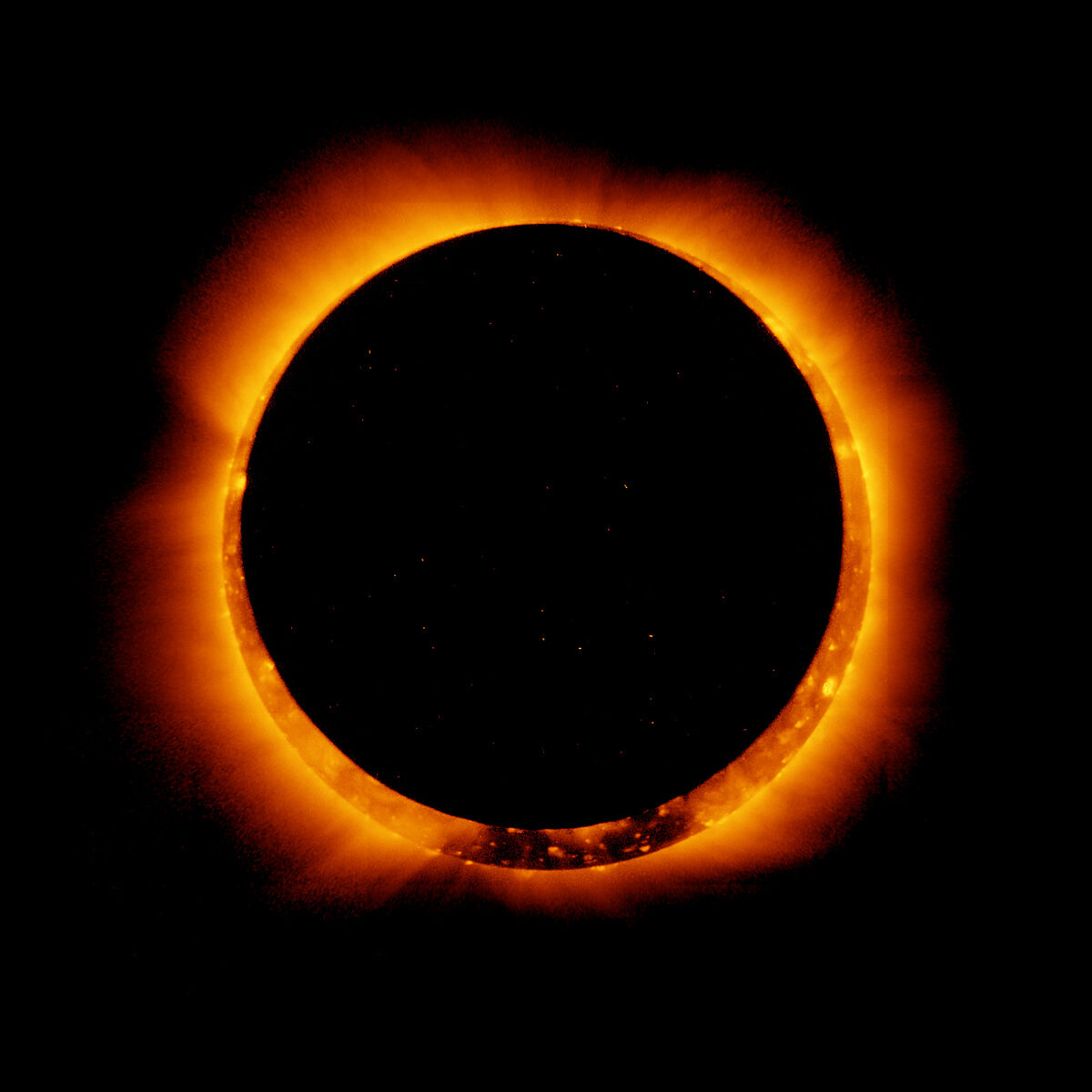All
All
Stories, updates, insights, and original analysis from The Planetary Society.
Spotting Jupiter's Moons...with a Solar Telescope!?
I was astounded to learn this morning that SOHO can not only see Jupiter, it can actually resolve Jupiter's moons (at least its two outer ones) as points of light separate from their planet!
Mars conjunction today: Cool SOHO/SDO video
Today Mars made its closest approach to the Sun -- as seen from Earth, that is. Why is this important?
Solar eclipses from space: Hinode and SDO
Two spacecraft that keep their ever-watchful eyes on the Sun -- NASA's Solar Dynamics Observatory (SDO) and JAXA's Hinode -- were doing their thing, when something large wandered past: the Moon.
Umbra in Paradise: The July 11, 2010 Planetary Society Solar Eclipse Expedition
If you've never seen a total eclipse of the Sun, make sure to put one on your bucket list!
A Martian Moment in Time, revisited
A good start to my day today: The New York Times' Lens Blog featured the
What it looks like when a CME explodes toward us
The animation I posted yesterday, of a huge coronal mass ejection exploding away from the Sun, caused several people to ask if it could do Earth any harm.
Stellar explosion
The Sun just spat out a huge coronal mass ejection, an event made visible by the watchful cameras on SOHO.
Strong geomagnetic storm today
This morning I received a bulletin warning of a
Report #1 from the New Horizons Science Team Meeting
The New Horizons science team is meeting this week. Ted Stryk was invited to attend the meeting, and he sent the following notes from the first day.
Canto II: Titan's Atmosphere and the Solar Cycle
David Seal explains the complications for Cassini coming from Titan's atmosphere and Solar Cycle.
Space weather affects everyday life on Earth
According to a press release issued this morning by the National Oceanic and Atmospheric Administration, the enormous solar flare that erupted on December 5 and 6 last year was accompanied by an intense radio burst that caused large numbers of Global Positioning System recivers to stop tracking the signal from the orbiting GPS satellites.
Voyager's Last View
Home. Family. This will be Voyager's enduring legacy: It has changed forever the feelings raised by those words. Through its robotic eyes we have learned to see the solar system as our home. Through its portraits of the planets we know that they are part of our family. Apollo astronauts showed us a tiny Earth alone in the blackness of space. Now, with these images, Voyager has shown us that Earth is not really alone. Around our parent Sun orbit sibling worlds, companions as we travel through the Galaxy.


 Explore Worlds
Explore Worlds Find Life
Find Life Defend Earth
Defend Earth


 Sun
Sun Mercury
Mercury Venus
Venus Earth
Earth Mars
Mars Jupiter
Jupiter Saturn
Saturn Uranus
Uranus Neptune
Neptune Small Bodies
Small Bodies










